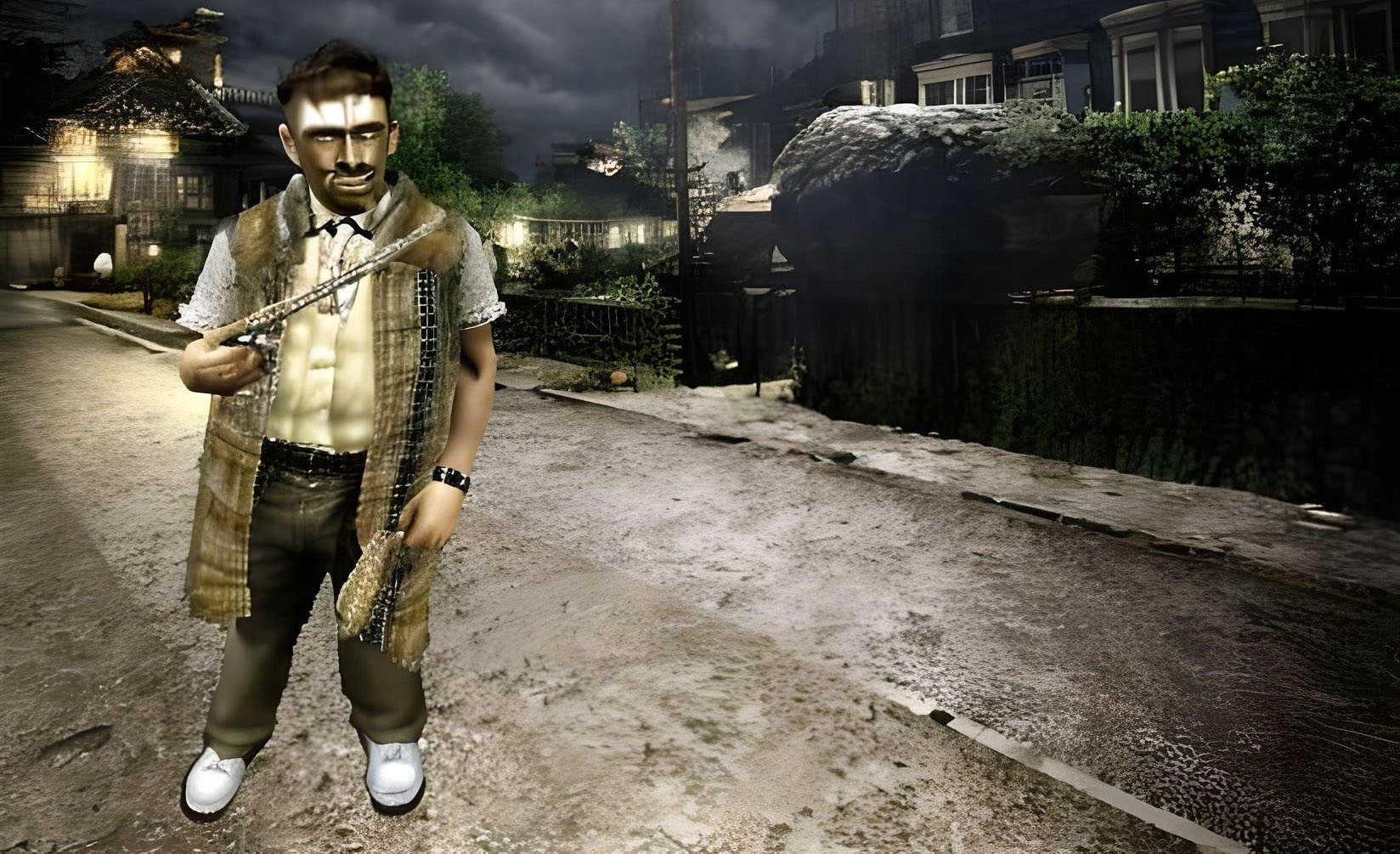When Purple Cloud South dropped in 2019, it came out of nowhere—an indie darling turned cult phenomenon. A surreal blend of narrative-driven exploration, psychological horror, and open-world puzzle solving, the game captivated a niche audience with its haunting soundtrack, fragmented storytelling, and that infamous ending twist. Now, six years later, we’re asking the question: does Purple Cloud South still hold up in 2025?
Visually, Purple Cloud South leaned heavily into a dreamlike vaporwave-meets-decay aesthetic. Think abandoned malls drowned in purple fog, flickering CRTs, and eerily looped jazz-hop beats. In a world now obsessed with ultra-HD realism and ray tracing, PCS’s lo-fi charm still manages to feel intentional rather than outdated. The visual style isn’t just a gimmick—it supports the feeling of dissociation and nostalgia that defines the game’s tone. In fact, in the current wave of retro-inspired indie titles (Static Lanes, Exit Memory, Glass Skin Blues), PCS’s commitment to atmosphere-first design feels more influential than ever.
The plot—or more accurately, the puzzle of the plot—is what kept players theorizing for months after release. Purple Cloud South didn’t hand you a narrative. It scattered it like ash across the landscape: dusty journal entries, cryptic NPC monologues, and an environmental storytelling style that rewarded obsessive attention to detail. In 2025, where AI-generated questlines and algorithm-driven narratives threaten to homogenize storytelling, PCS‘s human touch feels almost rebellious. There are no markers, no hand-holding. You wander, you listen, you interpret. It’s storytelling as archaeology.
Here’s where the game does show its age. Movement feels sluggish by modern standards, the inventory system is a minor headache, and the save system (manual typewriter-style checkpoints) frustrates more than it enriches. At the time, these quirks were part of its charm; now, they can feel like unnecessary friction. That said, some fans argue these choices contribute to the game’s deliberate pacing. You’re not meant to rush. You’re meant to sit in the stillness, lost and slightly afraid.
There’s no denying Purple Cloud South has carved a permanent mark in the indie space. You can see echoes of it in the eerie silence of Pale Frame, the dream logic of Night Glass, and even big-budget titles experimenting with nonlinear storytelling. It’s also seen a resurgence thanks to streamers and critics revisiting “forgotten gems of the late 2010s.” The recent 2025 fan-patch (which finally fixed that bug in the “Mirror Lake” sequence) has also given it a second wind among newcomers.
So, does Purple Cloud South still hold up in 2025? Yes—but with caveats. If you’re looking for polished mechanics or instant gratification, it might feel like a relic. But if you’re willing to embrace its pace, immerse yourself in its haunted world, and piece together its mysteries, it offers a kind of experience that modern gaming rarely delivers. In a landscape increasingly obsessed with clarity and convenience, Purple Cloud South remains defiantly, beautifully opaque. And maybe that’s exactly what we still need.


Leave a Reply